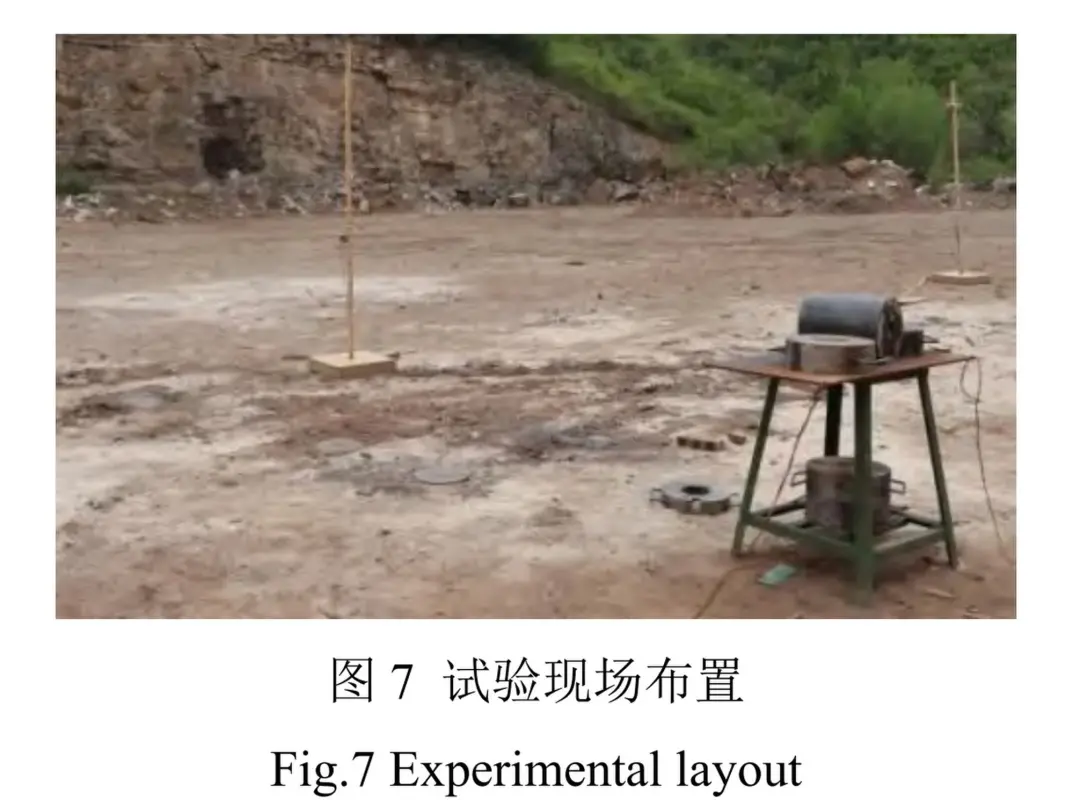Chinese researchers have successfully detonated a hydrogen-based explosive device in a controlled field test, triggering devastating chemical chain reactions without using any nuclear materials, according to a study published last month.
The 2kg (4.4lbs) bomb generated a fireball exceeding 1,000 degrees Celsius (1,832 degrees Fahrenheit) for more than two seconds – 15 times longer than equivalent TNT blasts – without using any nuclear materials, it said.
Developed by the China State Shipbuilding Corporation’s (CSSC) 705 Research Institute, a key player in underwater weapon systems, the device uses a magnesium-based solid-state hydrogen storage material.
This material – a silvery powder known as magnesium hydride – stores considerably more hydrogen than a pressurised tank. It was originally developed to bring the gas to off-grid areas, where it could power fuel cells for
clean electricity and heat.
When activated by conventional explosives, the magnesium hydride underwent rapid thermal decomposition, releasing hydrogen gas that ignited into a sustained inferno, the researchers said in a peer-reviewed paper published in the Chinese-language Journal of Projectiles, Rockets, Missiles and Guidance.
“Hydrogen gas explosions ignite with minimal ignition energy, have a broad explosion range, and unleash flames that race outward rapidly while spreading widely,” said the team, led by CSSC research scientist Wang Xuefeng.
“This combination allows precise control over blast intensity, easily achieving uniform destruction of targets across vast areas.”
The hydrogen bomb can cause extended thermal damage because the white-hot fireball it produces – sufficient to melt aluminium alloys – lasts much longer than TNT’s fleeting 0.12-second flash, according to the paper.
Wang and his team conducted a series of experiments that showed the weapon’s directed energy potential.
An extract from the research paper showing the hydrogen bomb before detonation. Photo: 705 Research Institute
Under constrained detonation, peak overpressure reached 428.43 kilopascals at two metres (6ft 7in) from the bomb – about 40 per cent of TNT’s blast force, but with a far greater heat projection range, they found.
The researchers also looked at the weapon’s other potential military applications, such as using it to cover a large area with intense heat and focusing its power on high-value targets to destroy them.
The chain reaction begins when detonation shock waves fracture magnesium hydride into micron-scale particles, exposing fresh surfaces, according to the study.
Thermal decomposition rapidly releases hydrogen gas, which mixes with ambient air. Upon reaching the lower explosive limit, the mixture ignites, triggering exothermic combustion.
This liberated heat further propagates magnesium hydride decomposition, creating a self-sustaining loop until fuel exhaustion – a synergistic cascading of mechanical fracturing, hydrogen release, and thermal feedback, according to the paper.
The paper did not disclose where the large amount of magnesium hydride used in the test came from. It also remains unclear under what conditions the People’s Liberation Army might deploy the weapon.
Until recently, magnesium hydride could only be produced in laboratories at the pace of a few grams per day.
This is because binding hydrogen with magnesium requires high temperatures and pressure. Accidental exposure to the air during the manufacturing process can lead to deadly explosions.
Earlier this year, China launched a magnesium hydride plant in the northwestern province of Shaanxi that can produce a staggering 150 tonnes of the material per year. Developed by the Dalian Institute of Chemical Physics, the plant has achieved low production costs using a “one-pot synthesis” method, according to the Chinese Academy of Sciences.
Other uses of the solid hydrogen storage technology are being explored, including in submarine fuel cells and long-endurance drone power systems, according to openly available information.
Some notable energy-driven military tech breakthroughs in history have included the 19th century coal-powered steamers, which replaced wooden fleets, oil-fuelled tanks that redefined mobility, and the thermonuclear weapons that fuelled the Cold War arms race.
The PLA has launched a sweeping green campaign, with electric-powered warships, tanks, and space launch systems under development.





